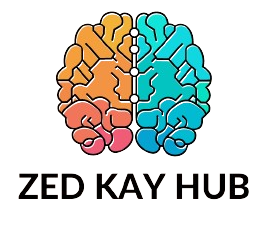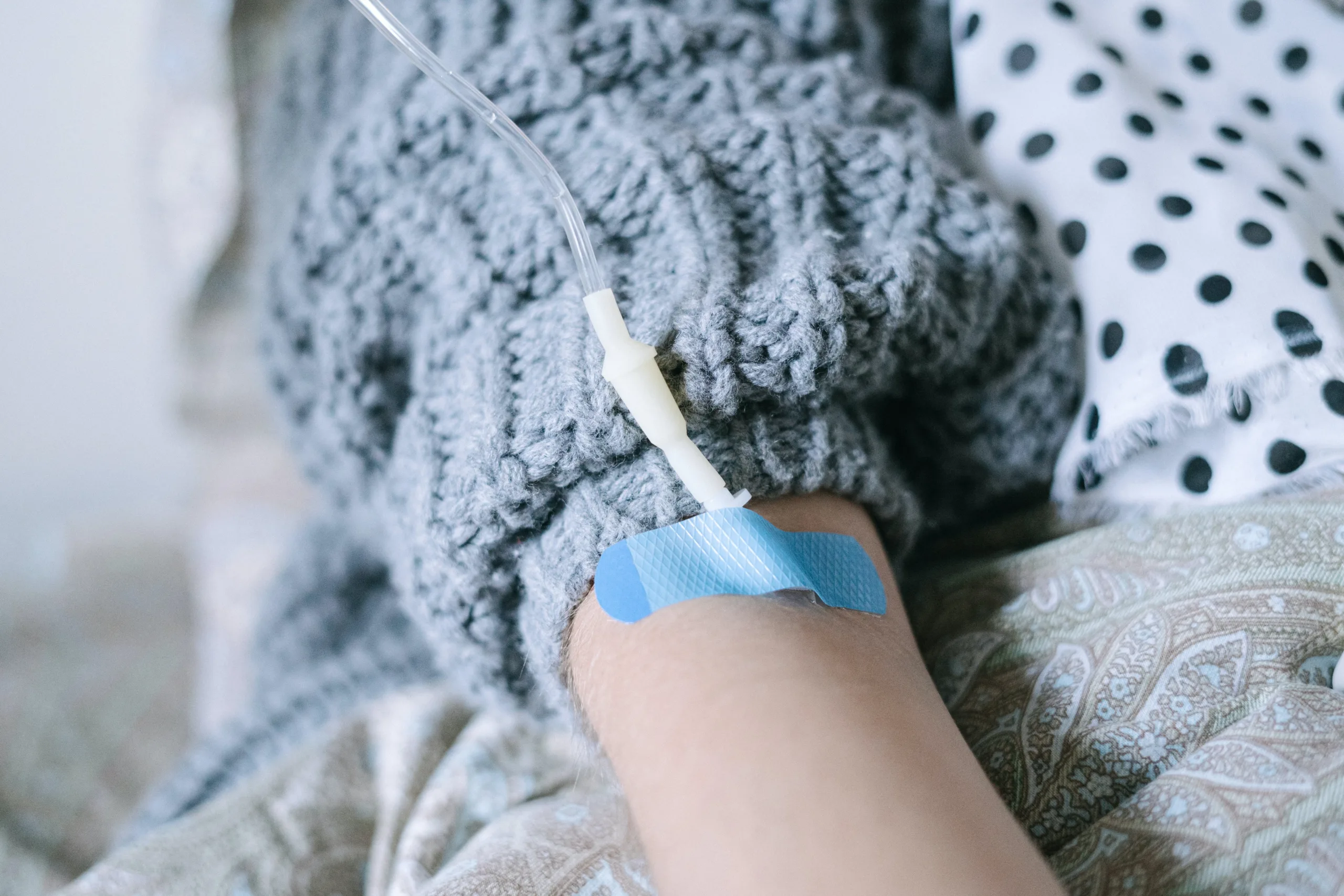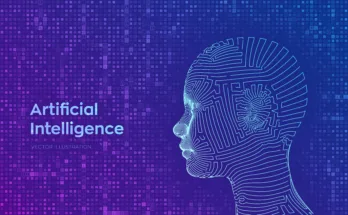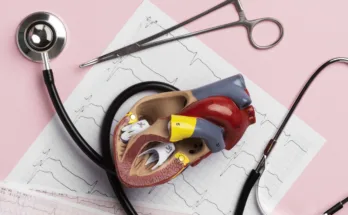Chemotherapy commonly referred to as “chemo” is a cornerstone of treatment in many cancers. It uses drugs that selectively kill quickly growing cells, like cancerous ones. It is worth noting that chemotherapy can be used alone or in combination with other methods such as surgery and radiation therapy, depending on the kind of cancer and its stage.
Understanding
Chemotherapy is a treatment where high-dose medications are used to kill cancer cells or inhibit their growth. Such drugs interfere with cell division and not allow cancer cells to multiply. Though chemotherapy mainly destroys cancer cells, it may affect some normal cells of the body that multiply quickly especially those in bone marrow or hair follicles.
Chemotherapy Components
A number of active ingredients are formulated in chemotherapy drugs and each has a different mode of action. These drugs can be categorized depending on their mechanism of action or structure. Major categories of chemotherapy drugs include the alkylating agents, antimetabolites, anthracyclines and topoisomerase inhibitors.
Chemotherapy Mechanism of Action
Chemotherapy drugs block specific stages of the cell cycle. They can cause damage to the DNA in cancerous cells that blocks their replication. Moreover, a number of chemotherapy drugs interfere with the enzymes responsible for cell division rendering them unable to grow.
Chemotherapy Formulations
Chemotherapy can be delivered as oral drugs, intravenous infusions ,injections or topical creams. A decision regarding the administration method is affected by certain factors like cancer type, patient general conditions, goals of treatment and so on. Oral chemotherapy allows for taking medications at home while intravenous chemotherapy is given in a clinic or hospital.
Chemotherapy Side Effects
Even though it has proven to be an efficient method of treating cancer, its overall side effects are caused by the reaction chemotherapy has with healthy cells. Possible side effects could be nausea, vomiting hair lossing fatigue and increased propensity to infections. Nonetheless, the development of supportive care drugs and approaches has aided in managing these side effects better which translates to an enhanced quality life during therapy for patients.
Conclusion
Chemotherapy is still considered the cornerstone of cancer treatment providing hope for millions all over the world. Knowledge of its components, mode of action and potential adverse effects is a key factor for both the patients and their caregivers to decide on how they would undertake their treatment course.
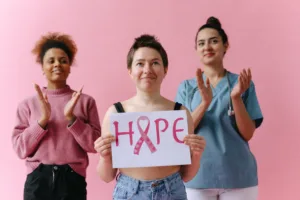
FAQs
Q: How does chemotherapy kill cancer cells?
A: Chemotherapy interferes with cell division process in cancer cells resulting to either DNA damage or inhibition of necessary enzyme for reproduction.
Q: How can chemotherapy are delivered?
A: Depending on the treatment protocol and a patient’s status, chemotherapy is administered orally; intravenously; injection form. Topically it might be prescribed as well.
Q: What are some of the side effects associated with chemotherapy?
A: Nausea, vomiting, hair loss fatigue and worsening susceptibility to infections are the most frequent adverse reactions associated with chemotherapy.
Q: Are thinking and memory affected by chemotherapy?
A: There are chemotherapy drugs that will influence cognitive function, causing changes in thinking and memory. These symptoms typically resolve after treatment; however, sometimes they can become permanent.
Q: How to minimize the side effects of chemotherapy?
A: Supportive care medication can help control side effects of chemotherapy, although patients may also benefit from lifestyle interventions and medical supervision.
